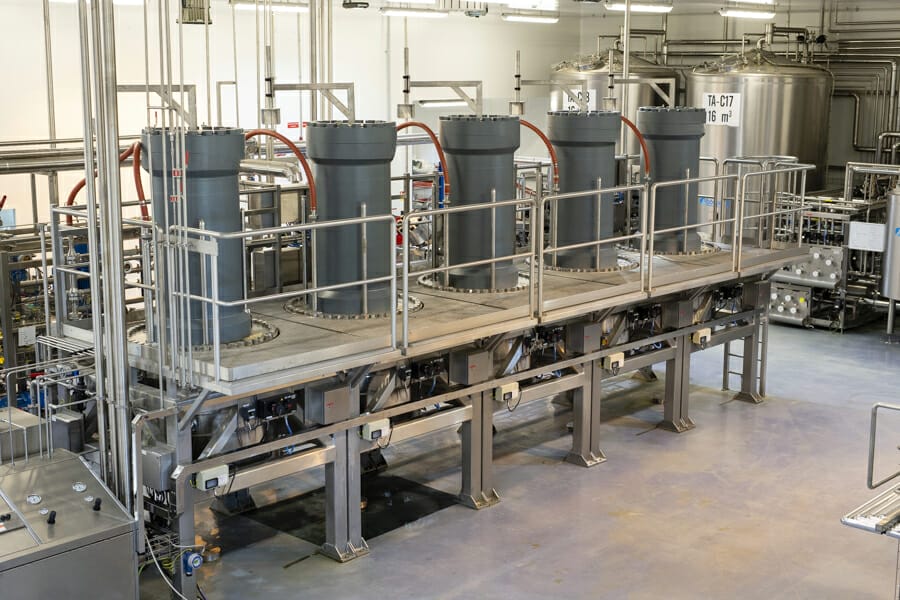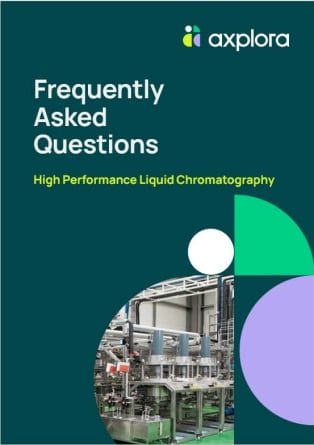FAQs - High Performance Liquid Chromatography (HPLC)
FAQs

Do you want to learn more about HPLC?

Axplora, through its Novasep heritage, is a pioneer and a world leader in preparative chromatography for APIs, with 30+ year track record in commercial manufacturing.
Our experts share their knowledge with you and answer all your questions about HPLC in our FAQ:
- General and key information about HPLC
- Information about development, scale-up of chromatographic processes, stationary phase , equipment and much more!